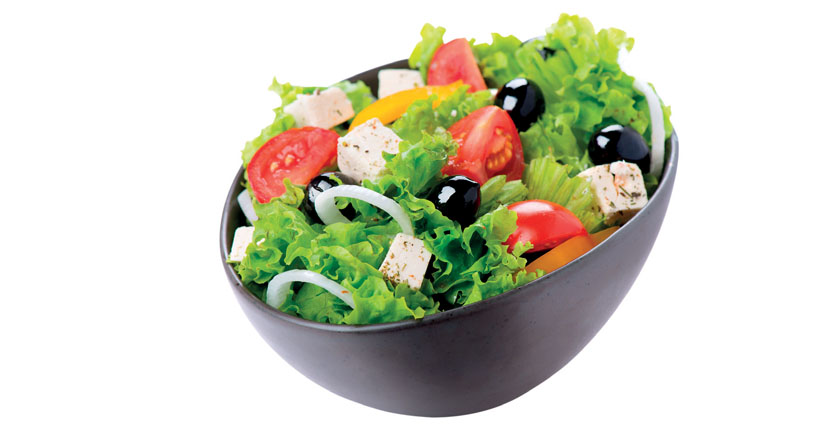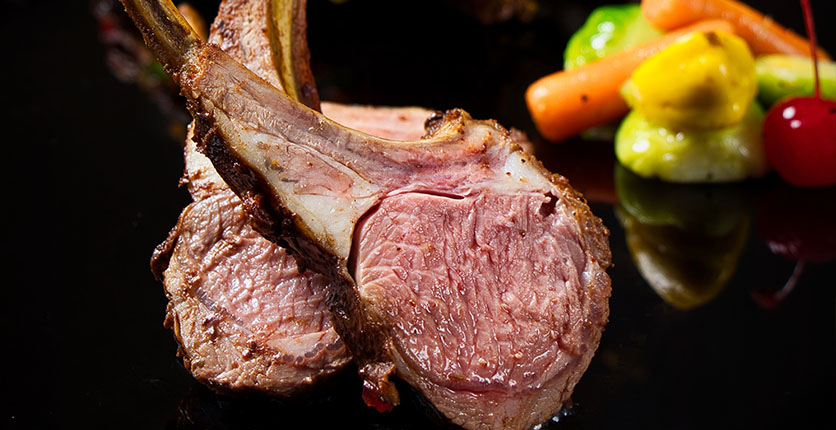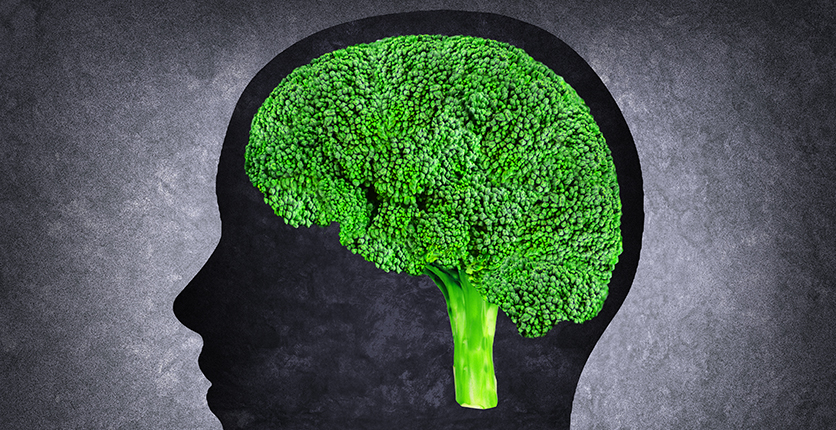With the modern conveniences such as doorstep food delivery, coupled with Singapore’s workaholic culture, can lead many to live a sedentary lifestyle, filled with calorie-rich foods and lack of physical exercise.
Having a healthy weight not only helps you look and feel good, it helps prevent serious health conditions such as heart disease, stroke, high blood pressure, high cholesterol and diabetes. However, don’t expect a drastic change with just a diet – becoming healthy is still a combination of a healthy diet coupled with an active lifestyle.
Paleo Diet
In a nutshell, this is a plan modeled on prehistoric human diets. To get started, one only has to follow a simple guideline: If it looks like it was man-made, don’t eat it. This diet also does away with some unlikely products: Dairy, cereal grains, legumes, and starchy vegetables.
However, there are several different versions of the paleo diet, with some allowing food which science suggests are healthy. Therefore, many people regard the paleo diet as a rough template to base on and not necessarily a strict set of rules.
Atkins Diet
Touted as the fastest way to lose weight through a diet, this unique program consists of four stages, with an initial two-week “Induction Phase” that restricts carbs to 20 grams per day, while allowing protein and fat intake.
After this, the Atkins diet asks its followers to gradually add back their carbs in order to determine their individual carbohydrate levels for losing weight and maintaining the loss.
Ketogenic Diet
Unlike the Atkins diet, the ketogenic diet demands a low carb intake to ensure followers stay in ketosis, the state in which the body burns ketones – the chemicals the liver makes. Lost carbs are replaced with fat. Distinguishing features of this diet are: moderate protein, higher-fat intake
To date, there are several versions of the ketogenic diet – each having unique plans of carb consumption. Be warned though, excess ketones can lead to Diabetic Ketoacidosis (DKA), which has lack of energy as one of the symptoms.
Mediterranean diet
This diet emphasizes fruits, vegetables, and whole grains, while focusing on reducing dairy and red meat intake to other diets. It also happens to be the closest diet that resembles the typical “healthy eating” plan as it includes most of the major food groups and limits the bad stuff like sugars and processed foods.
If there is any “proof” of this diet’s benefits, people Mediterranean region are generally healthy and have high life expectancy.
Intermittent Fasting
The last “diet” fad, is an ancient practice that has been practiced throughout the known human history. While it may only be a modified eating pattern, intermittent fasting still requires a healthy diet for it to function well.
The plan requires a fast that lasts from 12 hours to 24 hours, with the most common intermittent fasting methods being a daily 16 hour fast or fasting for 24 hours, twice per week. Consuming as few calories as possible while fasting – this is where tea, coffee work to suppress hunger with caffeine as well as water.
What really works
Weight loss only happens when you burn more calories than you have consumed. Consult your doctor before starting any diet program, and remember, the best diet for you is the one you are more inclined to follow in the long run.












